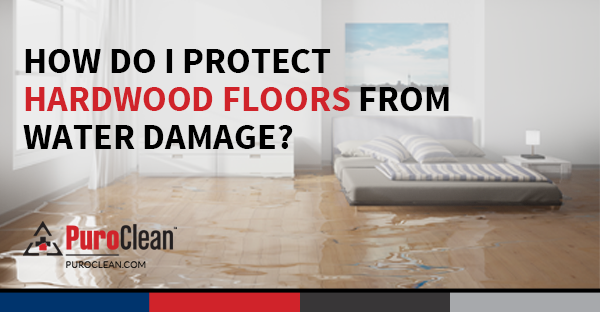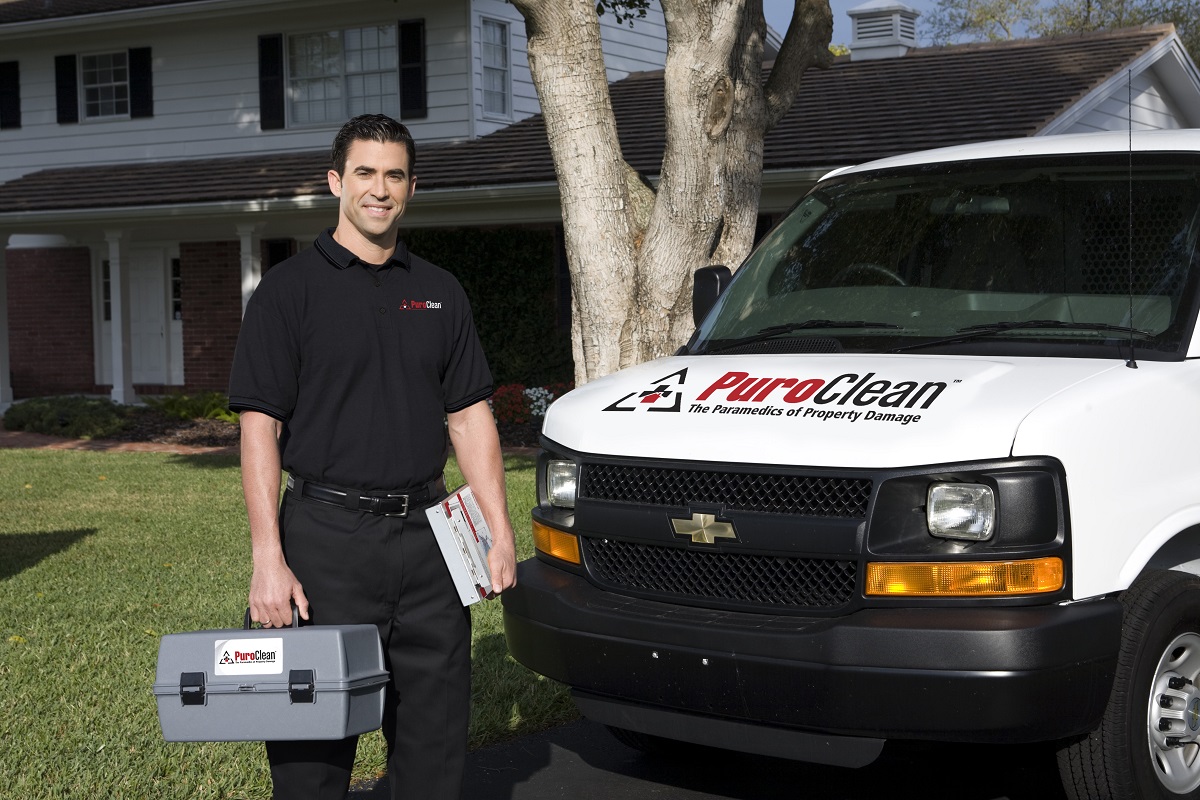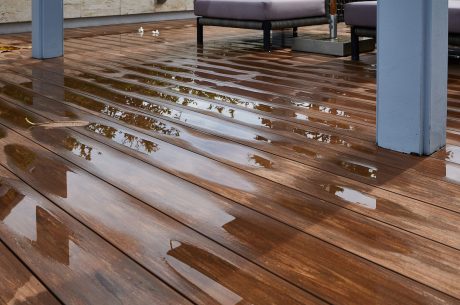In today’s homes, finished flooring materials are becoming more popular than carpet. This changes how we handle the restoration process, as a result of water damage. How the flooded material will be taken care of is dependent upon the following circumstances: response time, flooring type, replacement value, type of wood, type of finish, method of installation, amount of moisture, and the degree of water damage already evident.
As in all water related incidents, time is crucial. Your floors are at a larger risk for permanent water damage if the moisture is not taken care of immediately. The longer the moisture remains left untreated, the greater the risk of permanent damage is. Hardwood flooring will absorb moisture more slowly due to the porosity of the product. A restoration specialist will be ready to respond at any time of the day or night to the emergency.
Inspection is always crucial when evaluating a hardwood floor for drying. Hardwood flooring comes in a variety of species; oak, pine, maple, and cherry are just a few. More and more exotic species are being used in flooring. Every variety poses different challenges in the drying process due to the different levels of moisture absorption. There are also varieties of flooring that look like wood but are not. These floors will sometimes be manufactured with a laminate on the surface and a substructure consisting of particle board. When moisture seeps beneath these floors, drying is nearly impossible. The inability to dry these surfaces is due to moisture being trapt under the laminate, which acts as a vapor barrier. For more help, call a PuroClean water damage restoration professional to help you evaluate the condition of your flooring.
The initial installation method of the hardwood flooring must also be assessed. Original installation may have been nailed, glued, or it may have been installed in a floating method. When Nailed floors have suffered from water damage, the nails may begin to lift. The moisture may allow for the release of the glue if the floor has been glued onto the substrate. If the floor is of a floating type, it may not be true wood and may be a laminated product.
Tongue and groove hardwood flooring may “cup” when moisture has been absorbed. With the use of surface and/or subsurface drying methods and proper dehumidification, airflow can be forced beneath the surface of the floor (either in a positive or negative manner) to allow for the removal of this moisture. It may also be necessary to access the floor from below to allow forfaster drying. Effective drying of a hardwood floor is a slow process. It will sometimes take 7 to 10 days to allow the floor to release enough water to halt the forced drying process. A restoration specialist will know that to remove all the absorbed water from the floor will result in excessive costs and must allow nature to assist in the process.
When drying hardwood flooring, the process must not be stopped until the moisture content is reduced to within 4% of the dry standard of the floor. At this point in time, nature will remove the remaining water, although slowly. This time frame may be anywhere from three to six months. Education in this process is crucial for a successful job to be performed. Let the restorations professionals of PuroClean help you dry your hardwood flooring properly.
Once the hardwood floor has been dried properly there may still be damage to the finish of the floor. Finishes such as waxes and polyurethane may inhibit the evaporation of the absorbed moisture. They will sometimes have to be removed in the drying process to allow for moisture removal. If the hardwood floor cups slightly, the finish may check and crack due to the movement of the wood product. This is a normal part of the drying process and should be expected. A qualified restoration specialist knows that the true value in the floor is in the wood product. After complete drying has been accomplished, the floor can be re-finished.
Hardwood floor drying is a specialty. PuroClean restoration professionals have the necessary knowledge to properly evaluate the various types of floors and also have the required specialty equipment to enable the salvageability of the hardwood floors.




 PuroClean of Alexandria
PuroClean of Alexandria